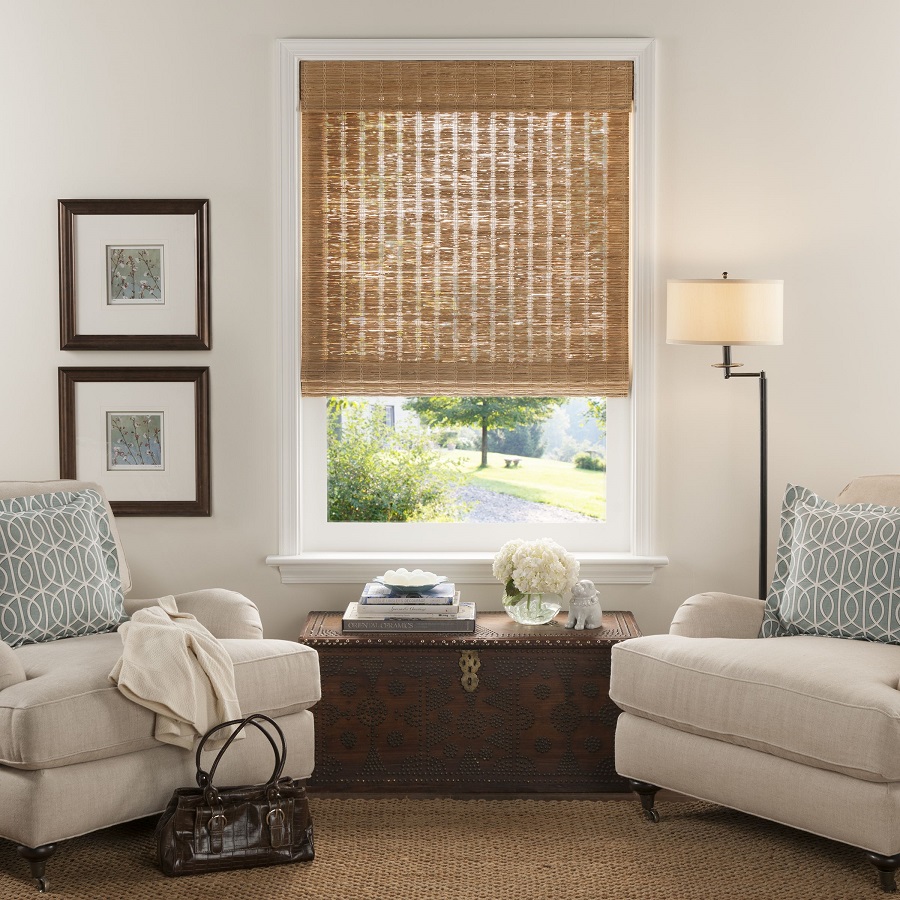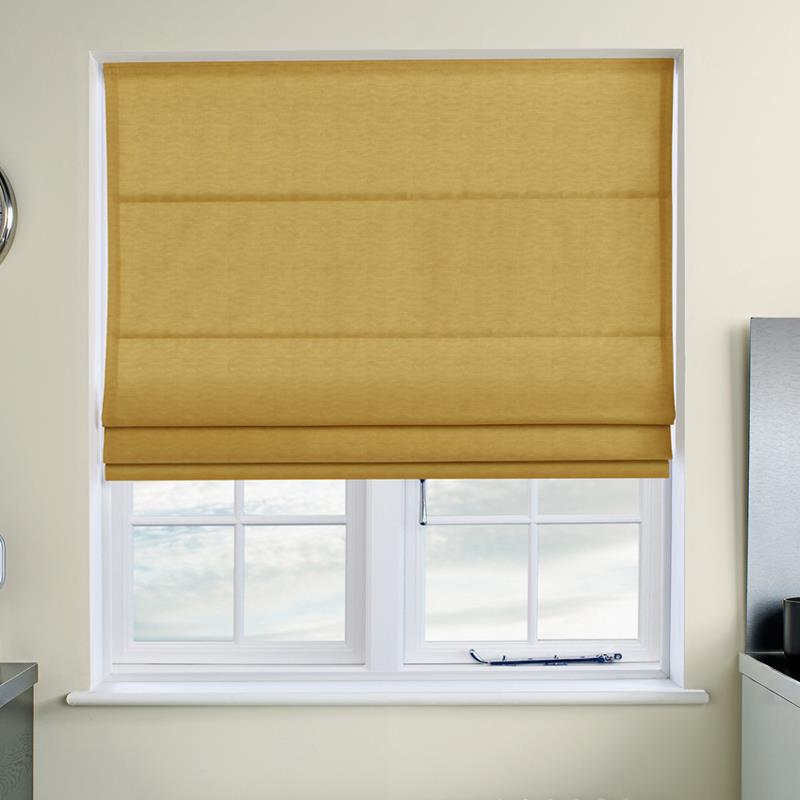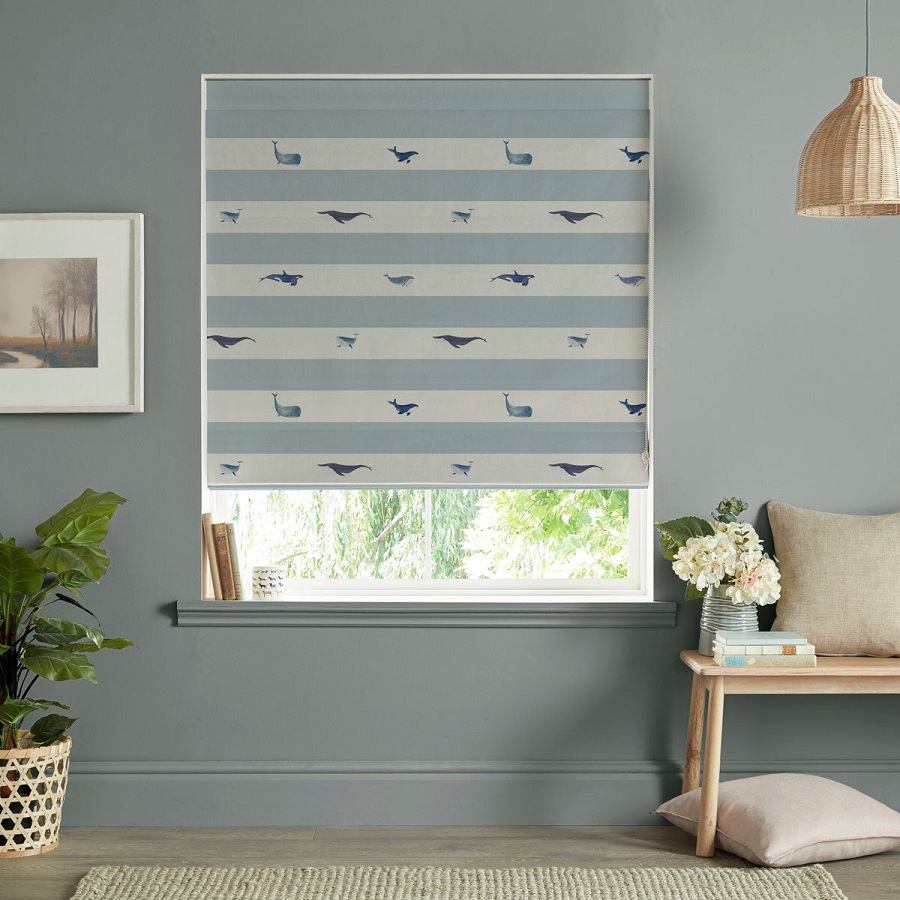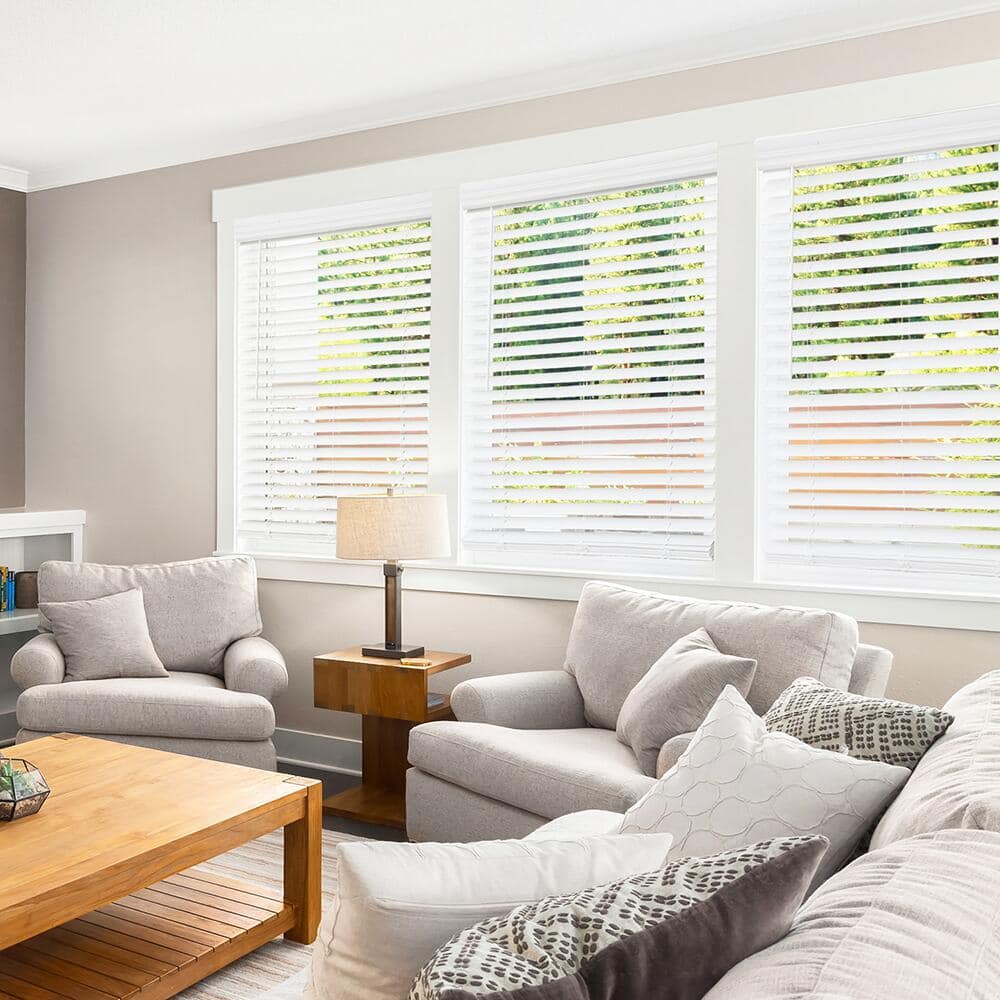Introduction
Different types of blinds – Window blinds are an integral part of interior design, offering both functional benefits and aesthetic enhancements to any living or working space. With a wide array of styles, materials, and functions available in the market, choosing the perfect set of window blinds can be an overwhelming task. This comprehensive guide aims to simplify the process by exploring the various styles, functions, and considerations to make when selecting window blinds for your home or office.Blinds play a pivotal role in home decor, not only contributing to the aesthetic appeal but also serving functional purposes such as light control and privacy.

Types of Window Blinds
a. Venetian Blinds
Venetian blinds are a classic choice, characterized by horizontal slats that can be tilted to adjust light and privacy. Typically made from materials like aluminum, wood, or faux wood, they offer versatility in both style and functionality.
b. Vertical Blinds
Vertical blinds feature long, vertical slats that are ideal for large windows and sliding glass doors. They’re usually made of PVC, fabric, or wood and provide excellent light control and privacy.
c. Roller Blinds
Roller blinds consist of a single piece of fabric that rolls up or down via a pulley system. They’re perfect for minimalist interiors and come in various fabrics, including blackout options for complete light blockage.
d. Roman Blinds
Roman blinds fold neatly into pleats when raised, adding a touch of elegance to a room. Available in numerous fabrics, they offer a softer look compared to other blind types.
e. Cellular or Honeycomb Blinds
These blinds have a unique cellular structure that traps air, providing insulation and energy efficiency. They’re great for maintaining temperature and reducing noise.
f. Panel Track Blinds
Panel track blinds are composed of wide fabric panels that slide along a track, suitable for large windows and patio doors. They offer a modern, sleek look and come in various textures and patterns.
Materials & Finishes
- Wood: Offers natural warmth and beauty but may warp with humidity changes.
- Faux Wood: A durable, cost-effective alternative to wood, resistant to moisture and fading.
- Aluminum: Lightweight and easy to maintain, ideal for contemporary settings.
- PVC: Durable and moisture-resistant, perfect for kitchens and bathrooms.
- Fabric: Provides a soft, decorative touch; can be sheer, semi-opaque, or blackout.
Functions & Features
a. Light Control
Different blind types offer varying degrees of light control, from sheer fabrics that softly filter light to blackout options for complete darkness.
b. Privacy
Tilting mechanisms on Venetian and vertical blinds allow for privacy while still letting in natural light. Solid panel options like roller or Roman blinds provide full privacy when lowered.
c. Energy Efficiency
Cellular blinds are designed to improve energy efficiency by reducing heat transfer through windows.
d. Motorization
Modern blinds can be motorized, allowing for remote control operation, integration with smart home systems, and increased accessibility.
Considerations When Choosing Window Blinds
- Room Function: Consider the primary use of the room. For instance, blackout blinds are perfect for bedrooms, while moisture-resistant options are ideal for bathrooms.
- Style & Décor: Select blinds that complement your existing interior design. Wood or faux wood blinds suit traditional homes, while aluminum or minimalist roller blinds fit contemporary spaces.
- Budget: Prices vary significantly based on material, size, and features. Determine your budget beforehand to narrow down your options.
- Maintenance: Some materials, like PVC and aluminum, require less maintenance than wood or fabric blinds.
- Safety: If you have children or pets, consider cordless or motorized options to avoid potential hazards.

Roller Blinds
Roller blinds are a timeless and versatile choice, characterized by their simple yet practical design. They consist of a single piece of fabric that rolls up around a cylindrical pole when raised and unrolls smoothly to cover the window when lowered.
Key Features:
- Material Variety: Available in a wide range of materials including sunscreen, blackout, and light-filtering fabrics, offering flexibility in light control.
- Ease of Use: Simple mechanism, often with chain or spring operation, making them user-friendly.
- Versatility: Suited for almost any room, from bedrooms to kitchens and offices, due to their clean lines and minimalistic look.
Best For: Homes seeking a modern, streamlined appearance with easy maintenance.
Roman Blinds
Roman blinds offer a touch of elegance and sophistication to a room. These blinds fold neatly into pleats when lifted, creating a layered, soft effect that adds depth to window treatments.
Key Features:
- Sophisticated Look: Made from fabric, usually with decorative patterns or textures, enhancing the room’s aesthetic appeal.
- Light Control: Depending on the fabric choice, Roman blinds can provide full blackout or filtered light.
- Insulation: Their thick fabric layer can provide insulation against heat and cold, improving energy efficiency.
Best For: Living rooms, dining areas, or bedrooms where a more luxurious and cozy atmosphere is desired.
Venetian Blinds
Venetian blinds are a popular choice known for their horizontal slats that can be tilted to adjust light and privacy levels. They typically come in materials like aluminum, wood, or faux wood.
Key Features:
- Adjustability: Slats can be rotated to varying degrees, allowing precise control over light and visibility.
- Durability: Materials like aluminum and faux wood are resistant to moisture and wear, ideal for humid environments like bathrooms and kitchens.
- Style Options: Wood provides a warm, natural look while metal offers a sleek, modern feel.
Best For: High-moisture areas, home offices, or rooms requiring flexible light control.
Vertical Blinds
Vertical blinds are designed with long, vertical slats that hang from a track system. They’re perfect for large windows or sliding glass doors, offering a practical solution for extensive openings.
Key Features:
- Space Efficiency: Ideal for covering wide spans without taking up much space when opened.
- Light & Privacy Control: Slats can be rotated or drawn aside to adjust the amount of light entering the room.
- Versatile Material Options: Available in PVC, fabric, and even wood-lookalike materials.
Best For: Patios, balconies, or rooms with large windows and sliding doors.
Honeycomb/Cellular Blinds
Honeycomb or cellular blinds are named for their unique cellular structure that traps air, providing excellent insulation. They consist of pleated fabric cells that stack neatly when raised.
Key Features:
- Energy Efficiency: The honeycomb design offers superior insulation, keeping rooms warmer in winter and cooler in summer.
- Sound Absorption: The cellular structure also helps absorb outside noise.
- Light Filtering: Available in various opacity levels, from sheer to blackout, to suit different lighting needs.
Best For: Bedrooms, studies, or rooms where energy efficiency and noise reduction are priorities.
Choosing the Right Blind
When selecting blinds for your home, consider factors such as the room’s function, your design preference, light control needs, and budget. Each blind type offers distinct advantages, and by understanding these differences, you can make a choice that enhances both the aesthetics and functionality of your living spaces. Whether you opt for the simplicity of roller blinds, the elegance of Romans, or the practicality of Venetians, remember that the right blind can transform your home decor, creating a comfortable and visually appealing environment.

Conclusion
Selecting the right window blinds involves balancing style preferences, functional needs, and practical considerations. By understanding the variety of styles, materials, and features available, you can make an informed decision that enhances both the aesthetics and functionality of your space. Whether you prioritize natural light, energy efficiency, or a specific design aesthetic, there’s a perfect set of window blinds waiting to transform your windows from ordinary to extraordinary.
